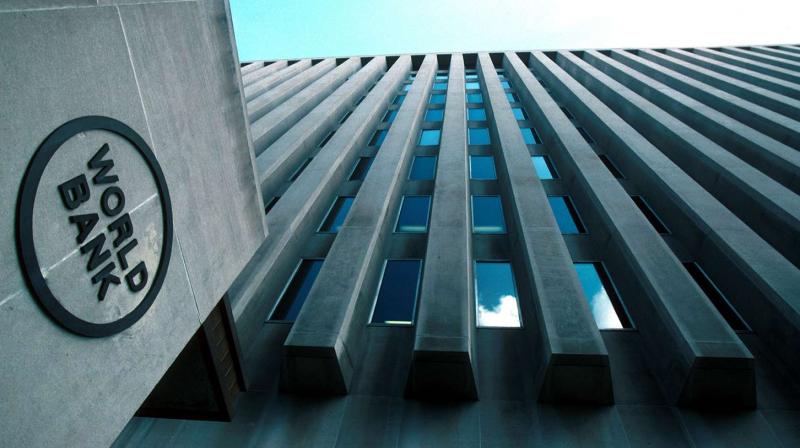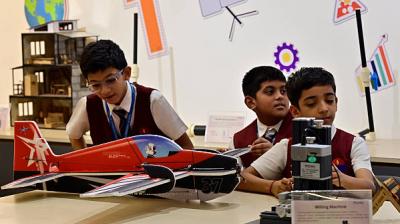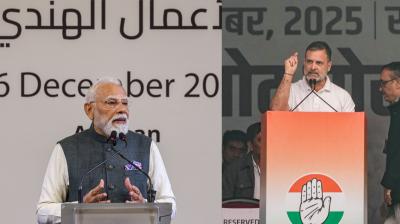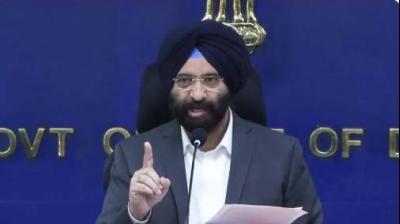
These efforts, the report suggests, helped ensure that economic gains were more equally distributed among different strata of society.
The World Bank’s June 2025 report on global poverty has placed India in the spotlight for achieving a stunning reduction in extreme poverty over the past 11 years. Based on Consumer Expenditure Survey (CES) data, the report states that the proportion of Indians living on less than $3.00/day (2021 PPP) has fallen from 27.12% in 2011 to 5.25% in 2022.
This is the equivalent of lifting nearly 270 million people out of extreme poverty, a feat described by analysts as one of the most rapid poverty reductions in recent global history.
The report attributes the progress to economic growth, rural and urban welfare schemes, and targeted interventions under the governance of Prime Minister Narendra Modi. These efforts, the report suggests, helped ensure that economic gains were more equally distributed among different strata of society.
Under the $4.20/day and $8.30/day (2021 PPP) benchmarks, too, India has recorded visible declines in poverty levels. At $4.20/day, poverty fell from 57.68% to 28.39%, while at $8.30/day, it dropped from 92.48% to 82.06% between 2011 and 2022.
Economists note that India’s declining Gini Index from 28.78 in 2011 to 25.51 in 2022 indicates a simultaneous narrowing of income disparities, marking a rare blend of growth with equity.
This report reinforces India’s image as a rising economic power that is not only growing but doing so inclusively.













